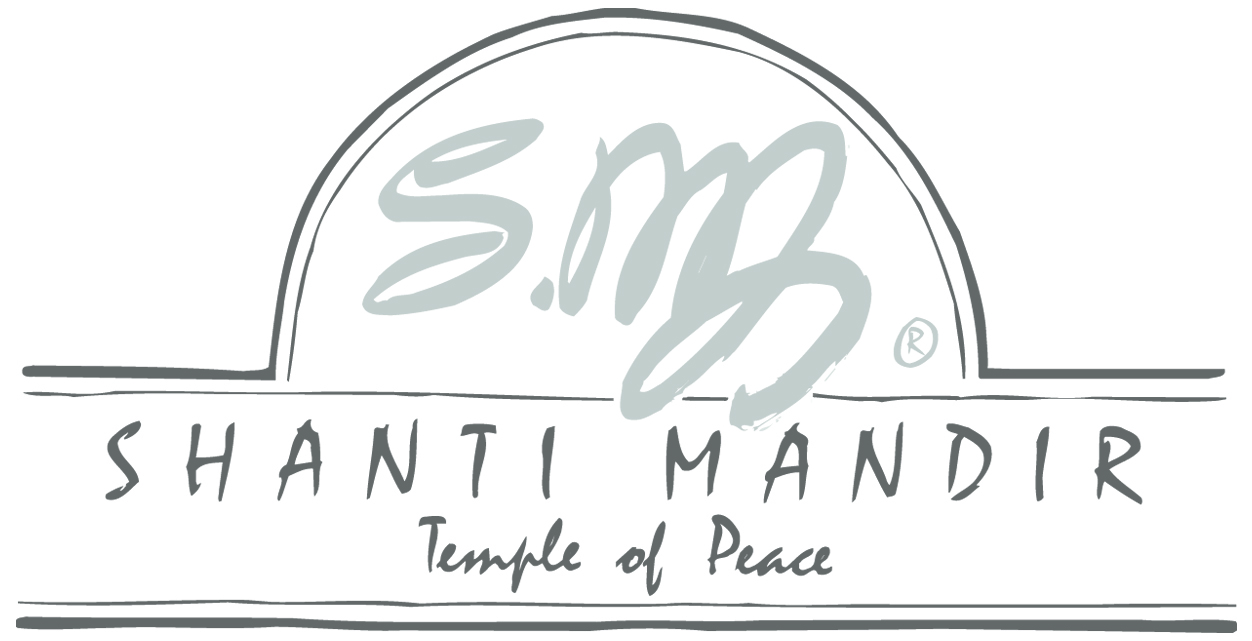Indian classical music has agreed patterns called taal.
The term theka is used by the drummers for the basic rhythmic phrase of a particular taal.
Taal and theka are the underlying repeated patterns that shape the time cycle of the music.
To fully understand tāla and theka we need to return to the idea of matra or beats, that was mentioned in the ABOUT BOL page, and we need to introduce three more things important to the understanding of taal: khanda (also called vibhag), taali and khaali.
If we think of a taal as a cycle of rhythm that we repeat we could say that:
Matra is beat counts (like the beats per bar of western music)
Khanda is groups of beat counts (like bars in western music)
Taali is a special accented or emphasised beat, the sam on the 1 being the most important.
Khaali is an unaccented beat
Tintaal
We can look at the commonly used taal known as tintaal to illustrate this.
Tintaal is made up as follows:
The taal is sixteen matra (beats) in duration.
There are four khanda (beat groups or bars) each of four beats, (4 + 4 + 4 + 4 = 16).
The sam (most accented beat) occurs on the first beat, indicated by an x.
A further two taali (secondary accents) occur on beats five and thirteen. These are indicated by the numbers 2 and 3 respectively as they are the second and third taali (the sam is the first).
The khaali (unaccented beat) occurs on the ninth beat and is indicated by the symbol o.
Notation of tintaal
About notation of tala
Indian classical drumming historically has been a strong oral tradition with great rigour around maintaining consistency of bol and tala. Written notation is less standardised, but the above elements are always included.
Each tutorial in Section 3 has a notation chart for each tala which you can click on to open in a separate browser tab and print.
*** THIS BLURB NEEDS TECHNICAL ADVICE

